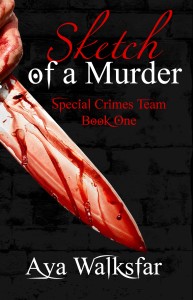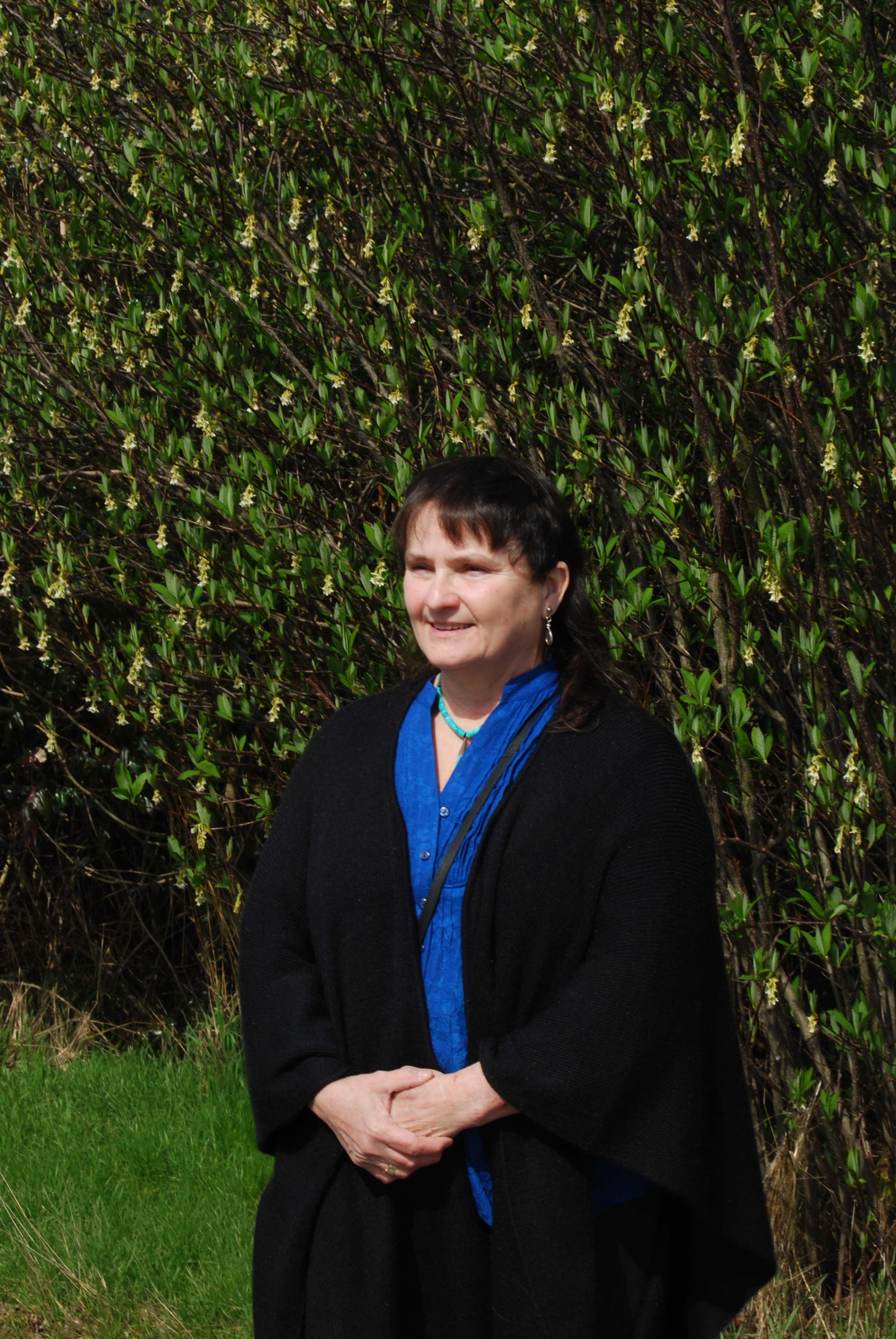Interviewer: No one understands the way culture affects women better than Mohana Rajakumar, an #awardwinningauthor. A #SouthAsianAmerican who now resides in the Arabian Desert, Mohana has a unique perspective which she shares with her readers in this powerful story of a young South Indian #woman.
Mohana, after writing seven other books, what moved you to write this book at this time?
Mohana Rajakumar: In reality I’ve been writing this book for the last 10 years. When I started self- publishing eBooks, I thought I was doing it to share my novel which is set in Qatar. What I realized eventually was that those seven other books that I published were practice for the writing and publishing of An Unlikely Goddess.
You often hear people say the first book by a writer is a working through of powerful experiences. That’s certainly true for this one. I don’t think I would have been ready to write this story then take it all the way to publication without my previous experiences as an #author.
Interviewer: As an author myself I know how demanding the profession is. How do you manage to write, be a wife, a mother, a teacher, (and whatever else you are!)?
Mohana Rajakumar: This is the question so many #women and not enough men are asked. My answer does involve a man: my husband is very supportive. If I need to be away twice a week until 9pm in the office, then he covers the home front. My strategy is simple – don’t procrastinate. Whatever you have to do, whether grade papers or write a blog post, cook dinner, get to it. And cut out TV or Facebook. There’s something in your life that isn’t very important that you can let go of in order to make room for your writing. Can you reuse that towel one more time? Or live with dishes in the sink overnight? Pick your battles.
Interviewer: I can attest that having a supportive spouse is absolutely the best thing that can happen to an author. Your husband and my wife are very similar. Mohana, I can see that you are a very dedicated author, but we all need to relax now and then. What do you do for fun?
Mohana Rajakumar: Sleep! Just kidding. I love, love, love to read. When I’m not writing or revising or preparing for a book launch, I’m reading, often 2 or maybe 3 books at a time. Fiction, non-fiction, academic ones on topics I like; there’s not a genre I won’t read unless it’s horror. And that’s only because I’m a scaredy cat.
Interviewer: I understand that. I, too, love to read. Along with reading, you have, obviously, traveled. Where is the most beautiful place you have ever been?
Mohana Rajakumar: Recently we were in Zanzibar, Tanzania. The water is so clear you can see your feet, the fish, the sea grass. Amazing. But I loved Portugal, too, when I went earlier this fall on a business trip with my husband. Every place I’ve come back from seems spectacular in the light of the everyday.
Interviewer: Like one of you other books, The Dohmestics, you’ve written a powerful book about an explosive topic. Is there anything that bothers you about the public’s response to books such as yours? (Not necessarily yours)
Mohana Rajakumar: Yes, the question: “Did that Really Happen to You?”
I was at a book talk a few weeks ago and someone in the audience asked the author, a survivor of the Khmer Rouge, how much of the book “had happened” to her. She was referring to a novel in which the main character suffers abject abuse and horror while still a child.
I was appalled at the question; it seemed voyeuristic somehow, as if the suffering of the character which represented thousands of unnamed people in real life, didn’t matter as much if the author hadn’t experienced that suffering herself.
The “did that really happen?” is one of the most awkward questions you can ask a writer after reading his/her book. We want the reader to be lost in the narrative, not wondering how much of it is autobiography.
My latest release, An Unlikely Goddess, will no doubt spark a similar set of questions. The story of an Indian girl who immigrates to the United States with her parents, suffers much heartache, and finds solace in academia, is not that different from my own. Sita’s trajectory, however, is a composite of many people’s journeys as immigrants, not only mine. In some ways she is the Everywoman of the female coming-of-age for South Indians.
I found this story important to tell because it shows how the #immigrant experience is not always the “making good on the American dream” that we have come to expect from the “Model Minority” of Asians in the United States. The recent interest in Indian Literature in English which depicts a very specific part of the Indian diaspora – often well-educated Bengalis – did not speak to my experience or those who I knew growing up.
This book tells the “other story”.
Mohanalakshmi Rajakumar is a South Asian American who has lived in Qatar since 2005. Moving to the Arabian Desert was fortuitous in many ways since this is where she met her husband, had a baby, and made the transition from writing as a hobby to a full time passion. She has since published seven e-books including a mom-ior for first time mothers, Mommy But Still Me, a guide for aspiring writers, So You Want to Sell a Million Copies, a short story collection, Coloured and Other Stories, and a novel about women’s friendships, Saving Peace.
Her recent books have focused on various aspects of life in Qatar. From Dunes to Dior, named as a Best Indie book in 2013, is a collection of essays related to her experiences as a female South Asian American living in the Arabian Gulf. Love Comes Later was the winner of the Best Indie Book Award for Romance in 2013 and is a literary romance set in Qatar and London. The Dohmestics is an inside look into compound life, the day to day dynamics between housemaids and their employers.
After she joined the e-book revolution, Mohana dreams in plotlines. Learn more about her work on her website at www.mohanalakshmi.com or follow her latest on Twitter: @moha_doha.
Mohana’s other book that I loved! The Dohmestics. Below is my review of it.
I’m more of the blood and guts kind of reader, but when I was given an opportunity to read The Dohmestics I took it. And, I am glad that I did.
This thought-provoking book hooked me right from the first page. On the surface, it appears to be about six women whose lives intertwine, three are privileged women and three are their servants. But, there is so much more to this book.
It pulled me into a culture and then used that culture as a vehicle to explore the relationships and dynamics between the privileged and the poverty-stricken; between workers and employees; between men and women; between power and corruption. I was taken on a journey that challenged me to not only understand this foreign culture, but to view my own with enlightened eyes.
I loved how it took a small decision and traced the ripples of that decision to its’ tragic end. But even in tragedy there existed an opportunity for people to shine, to rise above all that limits them and to reach out to each other.
This book took me from anger to sadness to strength. Quite the journey, and one I highly recommend.
Stay tuned to this blog for all interesting things write!
Visit Aya on Facebook: http://www.facebook.com/ayawalksfar
Check out Aya’s books on http://www.amazon.com/author/ayawalksfar





